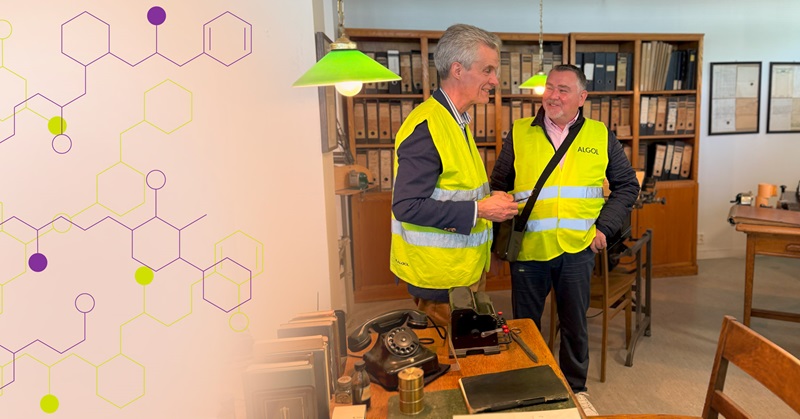Which properties are really needed for your textiles?
Is the answer always the best available properties or the properties demanded for a certain purpose. The properties for the designated purpose is often the option that causes the least burden on the environment.
“Why should an outdoor jacket to offer the same water-proof or mud-proof finish as a tent used for going to camping? Medical wear and other workwear – used to protect the user from potentially dangerous spills or from being soaked under heavy rain – are likely to require high levels of repellence, and be subject to frequent washing.”
Perfluorinated compounds, or PFCs, are offering unbeatable properties for almost all outdoor and protective materials one can imagine. From the negative perspective, PFCs are highly persistent and many of them show a high bioaccumulative potential. Once in the environment they will stay there for a long time. Long chain PFCs accumulate in the human body via the food chain and by direct exposure. There is some concern that PFCs are hepatotoxic, toxic to reproduction and carcinogenic.
PFCs offered today by fore-runners, such as Archroma with its short-chain C6 Nuva® N range, have been developed to eliminate PFOA (Perfluorooctanoic acid), a manufacturing by-product undesirable for its potential persistence in the environment. Also first completely fluorine-free repellence finishing agents, such as Archroma’s Smartrepel® have been developed. The properties of these products are not yet providing the same resistance as PFC’s but they provide a good and sustainable option for the applications, where less is good enough.


